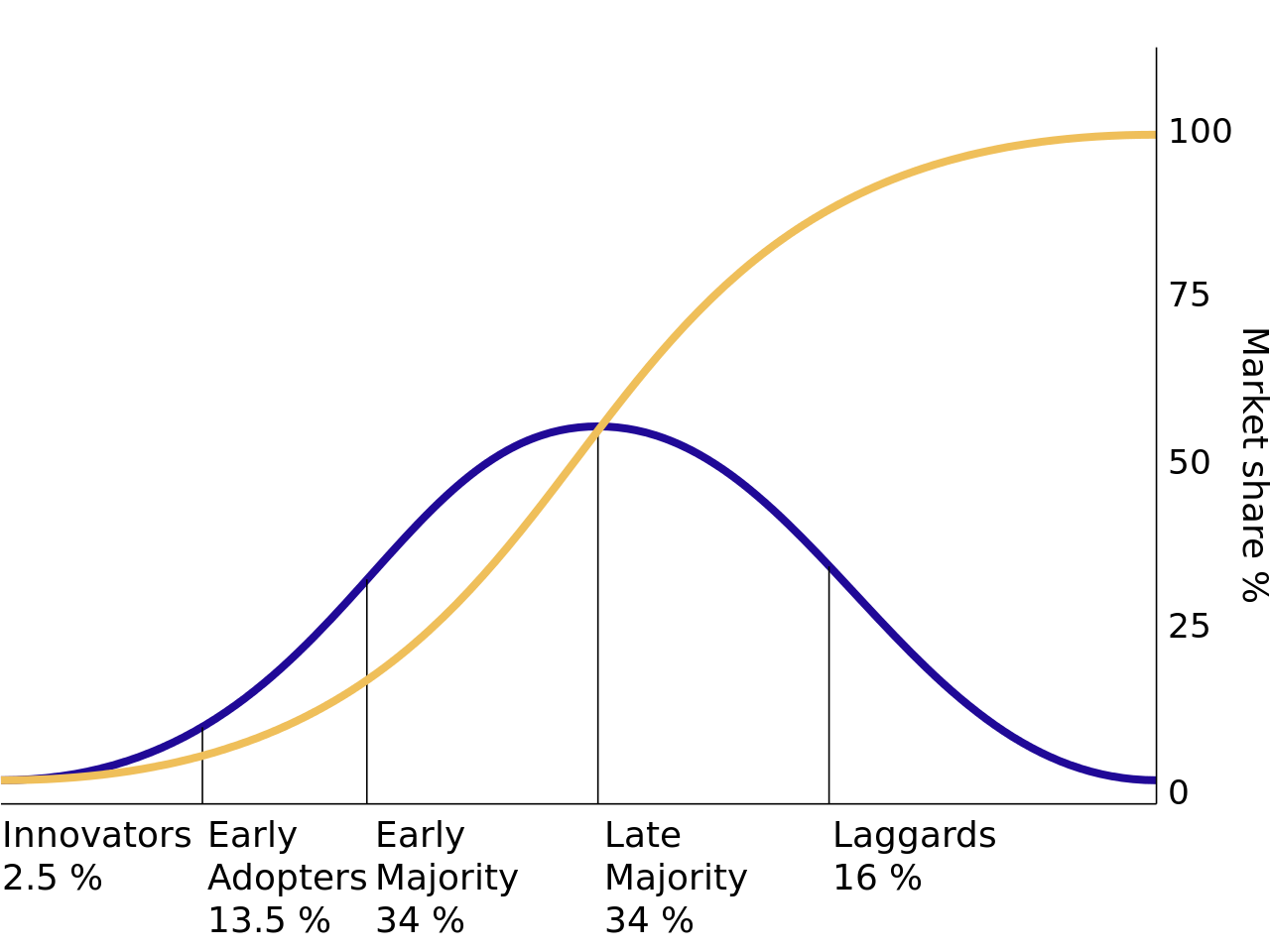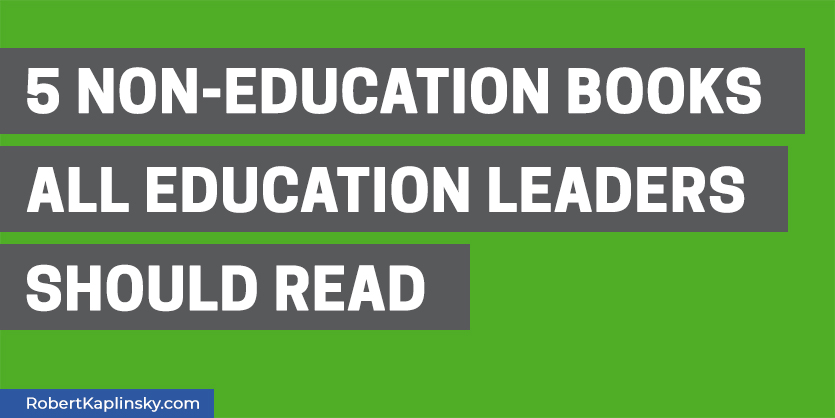I love reading (and especially listening) to books that help me learn new ideas or realize how what I thought I knew was wrong. I think this is especially important for anyone responsible for leading or inspiring others. I especially love stories and metaphors that I can think about and incorporate into my presentations and share with others.
So, I want to share five of my favorite books with you that continue to powerfully affect what I do.
To better explain what I mean, let’s consider the important goal of increasing how much money people save for their retirement. The less people have, the bigger impact it has on the individual, their family, and society. Many employers offer retirement planning, but many employees do not take advantage of them. So, how do you increase participation rates? Radio ads? TV commercials? Conversations with advisors?
How about something trivial like changing the way the checkbox is set up on their paperwork. Consider these two options for when a new employee is hired:
- they are given a form where no checkbox has been selected and they can choose to either participate or not participate.
- they are given a form where the checkbox to participate has already been selected and they can opt out of participating by selecting to not participate.
In a completely rational society, both of these choices should have the exact same results because you either want to participate or you don’t, and choosing what you want takes very little effort. However, behavioral economists have found that this isn’t what actually happens. What they found was that when people aren’t sure what to do, they tend to not change anything. So, a statistically significant increase in participation happens when it’s presented like the second option.
Imagine what might happen if you apply these techniques to what you do! I’ve written up a whole series of 10 blog posts on these ideas, but as a quick example consider how optional professional development is run.
I’ve seen it where teachers can choose to go if they want to, but what if instead of opting in, everyone was enrolled in the professional development by default, and they could choose to opt out. In theory, the end result should be the same because those that want to go will go and those that don’t won’t. In practice, you’d have a lot more people attending professional development and getting more expertise.
There are so many more examples like this in the book. I’ve found this to be fascinating and provide very interesting insight into strategies groups can use to “nudge” others towards a specific action.
Essentialism provided me with hope and a path forward. Here are two of my favorite takeaways:
- If it’s not a “Hell yes!” then it’s a “Hell no!” This is so simple in theory and so very difficult in practice. Basically, if something comes your way and you aren’t jumping for joy with excitement to do it, you should say no. Saying yes to something meant that I had to say no to other things. It might be another great opportunity I haven’t heard about yet or it might mean saying no to sleep, family time, or my sanity. I still struggle with this all the time because I want to please others and I also remember that when I was coming up, I would have been thrilled to do the kinds of things I now say no to. It feels like I’m being ungrateful. The reality though is that I just can’t do it all and I’m trying to give myself permission to focus on what really matters.
- It’s important to write out criteria to clearly determine what my “Hell yes!” opportunities are. Greg suggests that you make two sets of criteria to run every opportunity by. Each opportunity has to pass all three criteria from the first set and two out of three of the second set. Making the lists was hard, but now I love having them because when I have an opportunity, I can make a decision more objectively instead of emotionally. It doesn’t cover every scenario, but it’s a great start.
- I was fortunate to share my work in the age of social media and the Internet. If I had been doing the exact same work before social media, no one would have ever heard of me.
- I’m a white male. No one has ever told me I can’t or I shouldn’t or I don’t belong because of any reasons. It’d be foolish and wrong to claim that these factors have not privileged me.
- Right when I was starting to dream about consulting, my school district received a large grant that created a math teacher specialist position I applied and was accepted for, giving me invaluable experience working with adults.
- I started sharing my ideas right when the Common Core State Standards were coming out, schools had money to spend, and everyone was desperate for resources and training. If I had begun much earlier or later, I would have had less traction.
- I was also young enough to be able to dedicate significant time to my work but also old enough to have enough teaching experience to be taken seriously.
I could go on and on, but I think that Outliers does a great job of dispelling the hard work myth. It’s helped me look for other factors that are holding people back (so I can work to remove barriers) or helping people grow (so I can figure out ways of replicating it). I think that leaders have an obligation to think about these other factors and what we can do about them.
First, I enjoyed his breakdown of the Law of Diffusion of Innovation which I might have had some intuition about but not real understanding. Consider this visual representation of the law.

You can see how very few people buy into an idea initially. Those people are innovators who are the first to try new trends. Then it gains traction and you have the early adopters who may have seen what the innovators did and jumped on board. Then you have the early majority who feel much safer joining in, and by this point the idea tips and you’ve got 50% of the people. Then you get the late majority that follows and eventually the laggards.
As an example, think about electric cars. There were probably people driving them 15 years ago, but it was not very common. We’re probably now in the early adopters phase where it’s no longer strange to buy an electric car… but it’s also not necessarily commonplace either. Eventually it will tip and it will become more unusual to buy a gas powered car than an electric car. It will take much longer though to get everyone on board.
Second, I liked how he talks about mavens, connectors, and salespeople. He explains that you need all three kinds of people for an idea to catch on, or tip.
- Mavens are the ones that are the experts. For example, think of the person you call whenever you want to know what kind of phone/car/tv you should get. She’s a maven.
- Connectors are the people who seem to know everyone and can help put you in touch with the people you need to meet.
- Salespeople are great at convincing others about what they should do.
When you have all three, it makes for a potent combination where you know what’s good, can convince others of why they want it, and are connected to everyone so it’s easier to make it happen.
In practice, I’ve found this information useful to know but hard to implement. For example, when I created #ObserveMe, I could tell when it was in the Innovators and maybe the Early Adopters phases. After a year or so, it became really hard to tell where exactly it’s at. For example, I can’t tell if we’re still in the Early Majority phase and still growing or in the Late Majority phase and it’s cooling off.
They share six attributes of sticky ideas and the attributes can be interpreted and applied through so many lenses. For example, presenters can try and incorporate these ideas in their presentation so that what they share is not forgotten. Similarly, teachers can take their framework and apply it to what they teach so that students remember as well. If fact, my 6 Signs of Unforgettable Lessons presentation is based on how to apply the principles of Made to Stick to math education.


I haven’t read Nudge or Essentialism, thanks for sharing. The other three are great choices!
Well if you’ve read and loved the other ones, then you’ll likely love those too. Thanks Lukas.